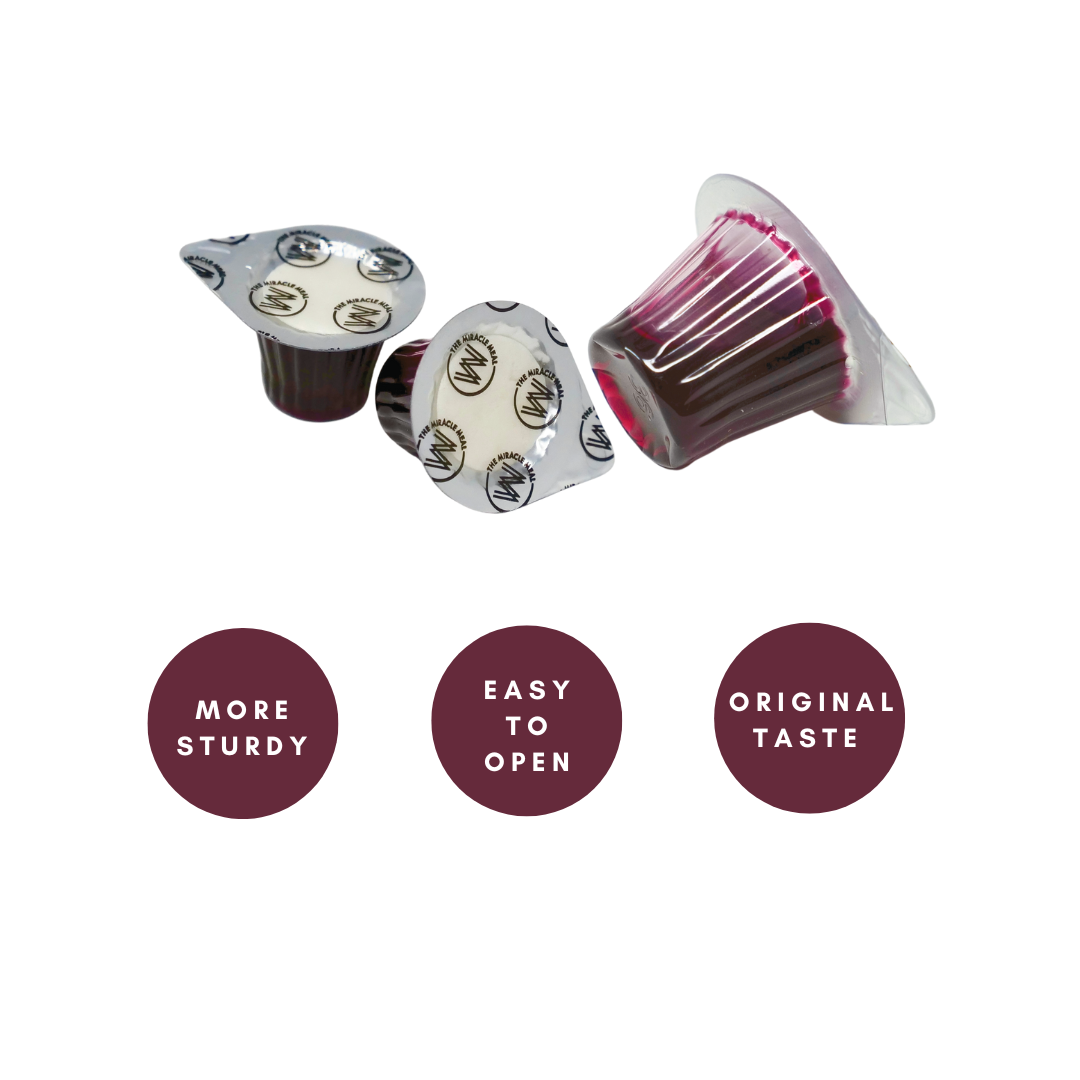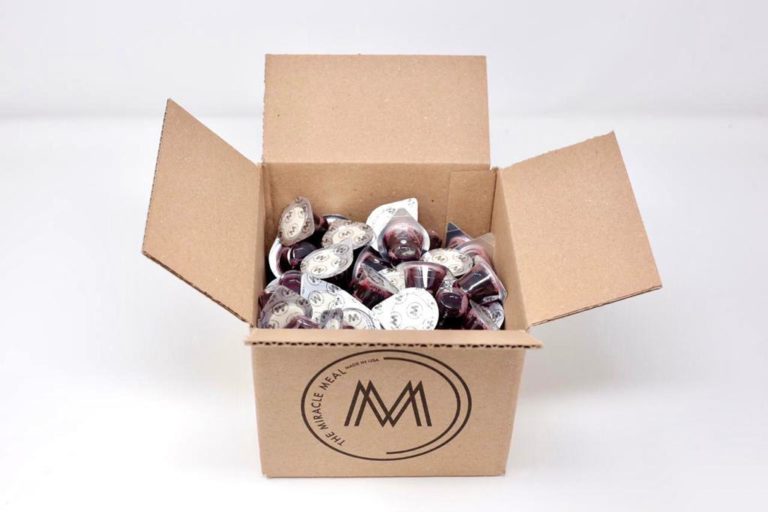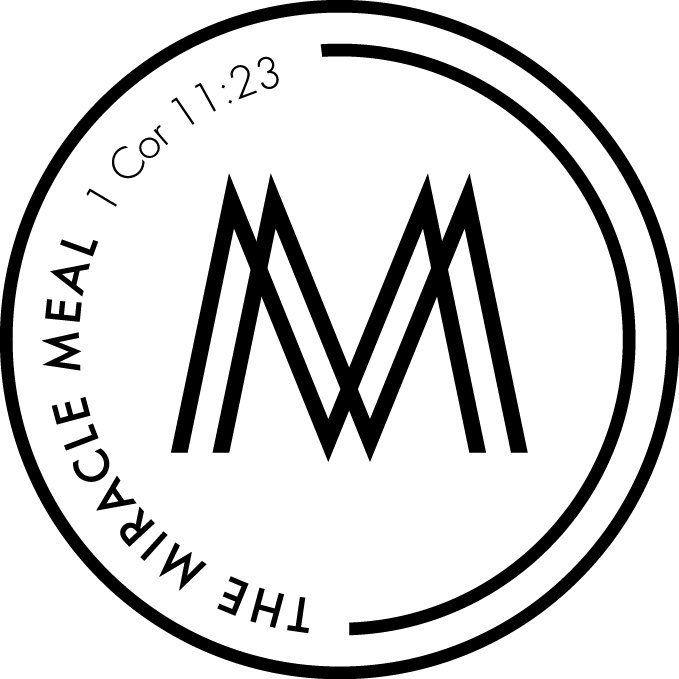What Makes Communion Cups Hygienic And Safe For Churches?
Receiving communion is a cherished tradition in many churches, yet some may wonder about the cleanliness of the elements. Ensuring that each congregant feels secure during this sacred act is essential, especially when multiple participants gather to share in the experience.
By examining how these small cups can remain uncontaminated, church leaders and volunteers can gain valuable insights into responsible service. Knowing how and why communion elements stay hygienic encourages confidence in preserving both spiritual depth and community health.
The Importance of Sanitation in Church Services
Church gatherings foster close connections, from shared greetings to collective prayer. But with so much interpersonal contact, the risk of spreading germs can weigh heavily on congregations that prioritize health. Proper sanitation of any religious element, including the bread and cup, reassures worshipers that their participation carries minimal risks. Many clergy members place great emphasis on the process, from the moment the elements are handled to the time each participant partakes.
Along with concerns about general cleanliness, special attention must be paid to how the bread and juice are distributed. Gone are the days when a single chalice served everyone, as more churches explore methods of maintaining strict hygiene standards. Still, many church leaders keep asking: how do these sacred cups remain so sanitary for large groups each week? This question matters because people want to focus on faith rather than possible contamination worries.
Proper education and a clear protocol ensure that officials who prepare communion maintain the integrity of the elements. By dedicating time to explain safe practices, churches can reduce accidental mishandling. When congregants know there is a system in place that safeguards against bacteria or viruses, it not only promotes trust but also reinforces the idea that reverence and responsibility can coexist seamlessly in every service.
How Single-Serve Solutions Improve Safety
Concerns about cleanliness often lead congregations to adopt pre-portioned methods, reducing direct contact among parishioners. Rather than using communal trays or passing plates, these single-serve alternatives eliminate multiple touchpoints and potential cross-contamination. By moving toward sealed containers, church officials can be confident that each unit is unopened and untouched before a participant receives it.
In many modern houses of worship, there’s a significant focus on how cups used for communion remain hygienic. Single-serve packaging meets this issue head-on by individually enclosing both the wafer and juice. The wafer is typically protected beneath a lightweight film, while a second seal covers the juice, further separating the two sacramental elements. This tiered system drastically limits any outside exposure until the exact moment a person is ready to partake.
Aside from the safety dimension, these individual cups offer convenience and ease. Distributing them to the congregation—whether by ushers or at stations—remains orderly and smooth. Volunteers save time that would otherwise be spent cleaning or preparing multiple items. Members simply peel back each layer at their own pace, focusing on the spiritual significance of the moment without worrying about unwanted germs in the process.
Key Features of Modern Pre-Filled Cups
Contemporary providers, such as The Miracle Meal, design these cups with both hygiene and efficiency in mind. Made with recyclable plastic, each cup offers a practical balance between reducing waste and emphasizing convenience. A secure film on top protects the wafer, while a middle foil seal ensures the juice remains fresh. Opening each layer involves minimal movement and produces little noise, creating a quiet, respectful tone during the service.
Furthermore, these solutions are produced with stringent standards, enabling them to have a shelf life of around one year. This extended usability helps churches avoid frequent reorders and provides peace of mind that the cups will remain fit for consumption over an extended period. Another advantage is that no preparation is needed ahead of time—church staff need only unpack and distribute, removing many of the hassles tied to traditional serving methods.
Many congregations appreciate how this approach preserves the sacredness of the ordinance. Each person in the pew can reflect on the solemn moment without distractions from sanitation concerns. By simply peeling back each layer when the time comes, everyone experiences a shared feeling of safety and care. In this way, variations of what keeps communion vessels hygienic become clear: dependable seals, careful design, and the minimal handling of each element.
Conclusion
Communion cups that come pre-filled and pre-packaged transform the way churches approach service. By protecting both the wafer and juice within sealed barriers, they uphold high standards of cleanliness and reduce the risk of contamination. In doing so, these simple solutions reinforce the deeper meaning behind communion, allowing congregants to focus on spiritual reflection without compromising on well-being.
If you are seeking a dependable way to serve communion in your church, we invite you to explore our selection. Our pre-filled cups offer a convenient, hygienic option that is both practical and respectful of this sacred tradition.







